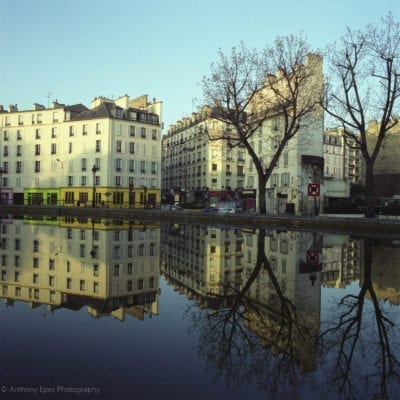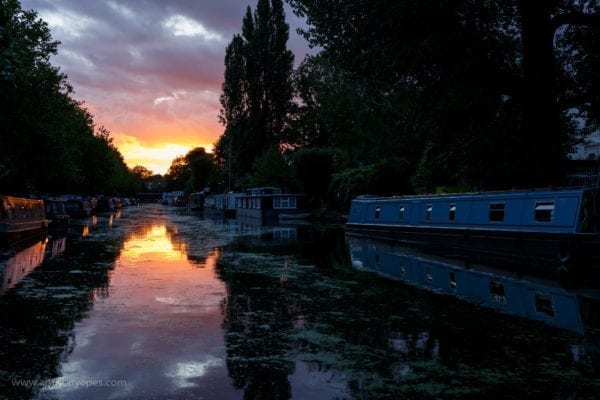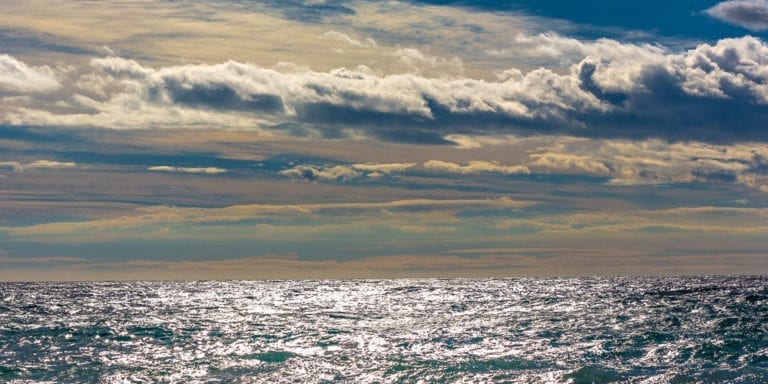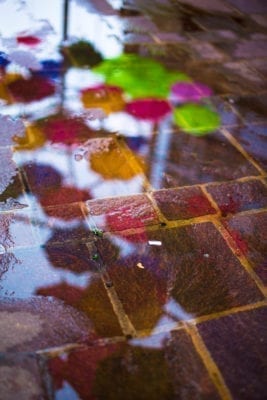10 Ways to Use the Beauty and Complexity of Reflections in Photography
I love to photograph reflections. They are a very cool way to create abstraction, fun, mystery, intrigue, patterns, complexity and symmetry in your images. Diana and I just wrote this piece for Digital Photography School, with lots of simple tips you can use to bring reflections into your images: 10 […]



